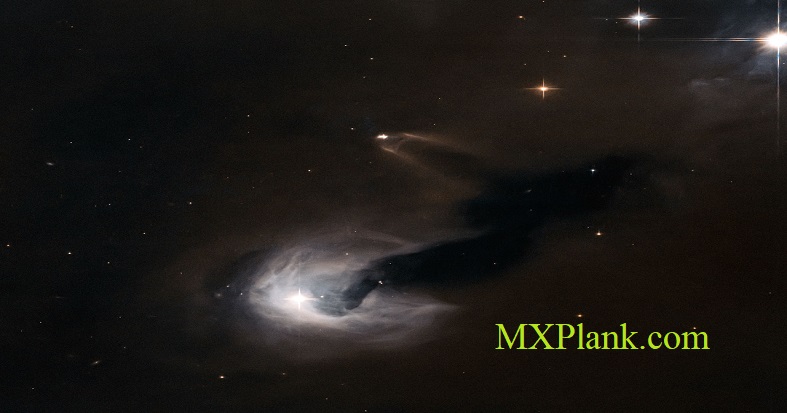
Located 300 million light-years away in the constellation Coma Berenices, the colliding galaxies have been nicknamed 'The Mice' because of the long tails of stars and gas emanating from each galaxy. Otherwise known as NGC 4676, the pair will eventually merge into a single giant galaxy.

This new NASA/ESA Hubble Space Telescope image shows a variety of intriguing cosmic phenomena.
Surrounded by bright stars, towards the upper middle of the frame we see a small

This image shows the planet K2-18B, it's host star and an accompanying planet in this system. K2-18B is now the only super-Earth exoplanet known to host both water and temperatures that could support life

This new image from the NASA/ESA Hubble Space Telescope captures two galaxies of equal size in a collision that appears to resemble a ghostly face. This observation was made on 19 June 2019 in visible light by the telescope’s Advanced Camera for Surveys